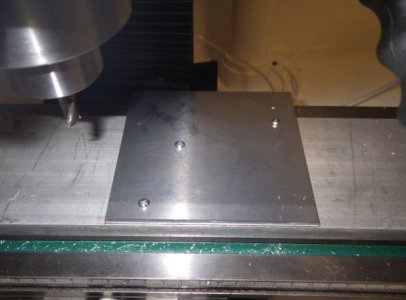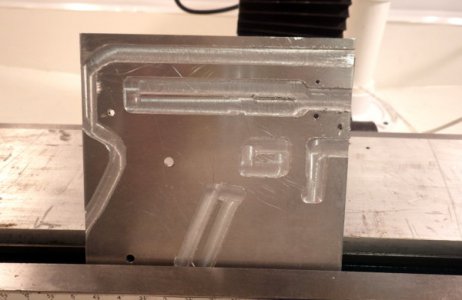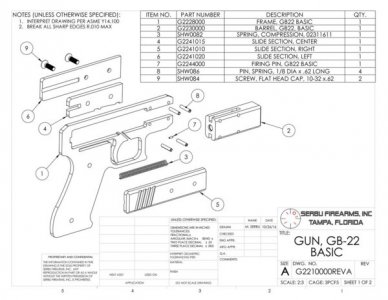- Joined
- Dec 3, 2013
- Messages
- 1,849
Jay - you raise a good point about the chemical differences of tap water. I use Rustlick 5050 mixed at 30:1 and haven't experienced any issues with rust. Removed my vise earlier this week that has been on the table for three or four months. No rust and only minor discolorization on the table. Must be the northern Cal water!
I use Kool-Mist in my Fog Buster and rust is a problem. Removing the vise and wiping down the table with oil is what I do. A real pain.
Tom S.
Our water comes from various sources so you never now what the makeup is. I ran the Rustlick as high as 5:1 and still had problems. Also left the machine sticky.
The Koolrite 2290 is mixed at 7.5:1 per manufacturer. They give no ranges just 7.5:1 for everything. Drys super fast with little residue.
Why not use the Rustlick in the fog Buster?



